Arbor Day Foundation Recognizes Chico State
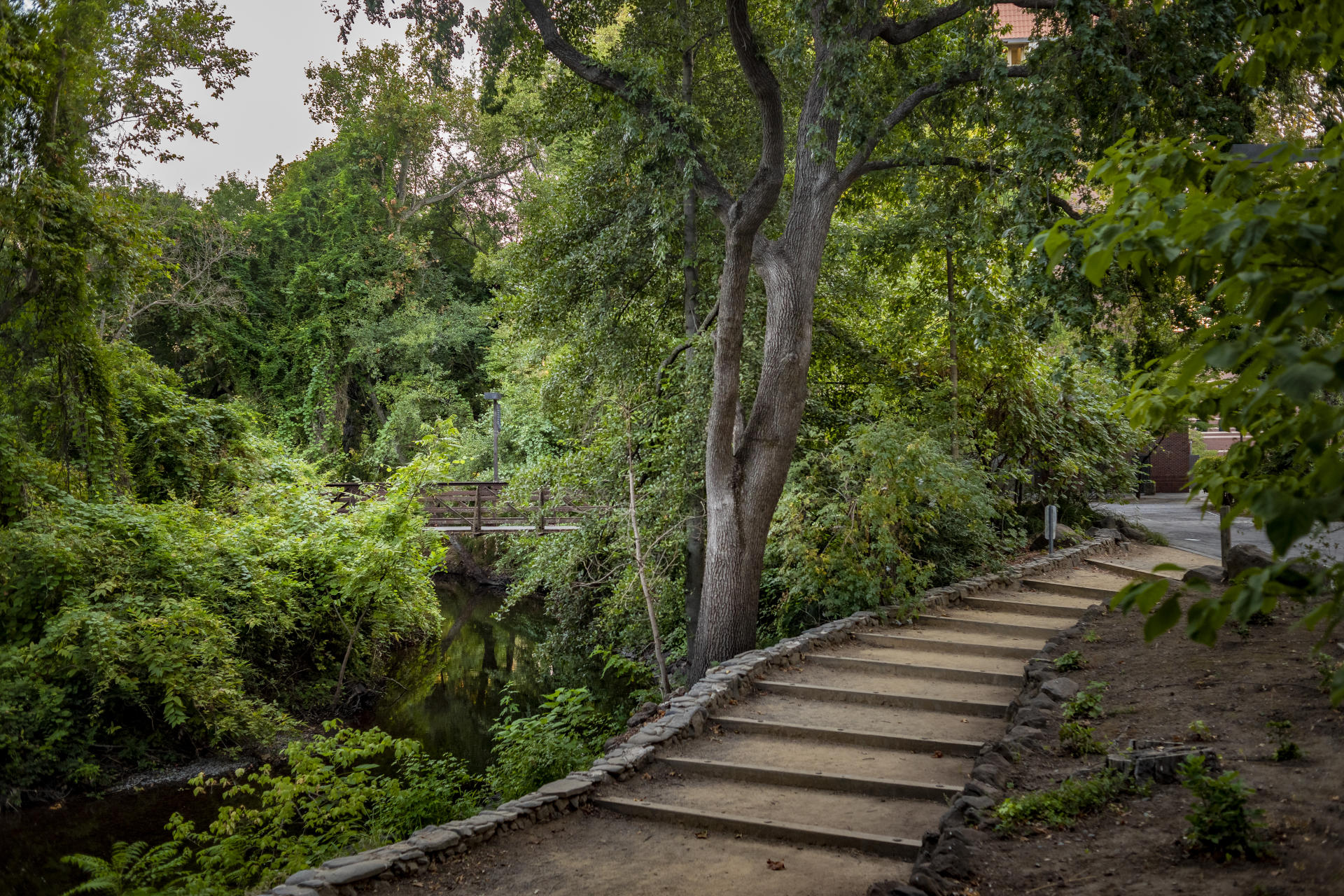
Big Chico Creek flows near a campus bridge as a step pathway leads to Alumni Glen on Thursday, August 15, 2019 in Chico, Calif. (Jason Halley/University Photographer/CSU Chico)
Coast redwood. Oregon ash. Giant sequoia. Southern magnolia.
Each one of these tree species—along with more than 200 others—contributes to the serene quiet and biodiverse beauty of Chico State, which is home to 2,700 catalogued trees growing proudly across its 119 acres. Everywhere you look, trees dot the campus, sharing their shade during the warmer months, providing a spectacular show of color in the fall, and dropping their leaves in winter—only to bloom brilliantly once again in the spring.
This glorious arboretum is gaining recognition well beyond the campus community. This month, the Arbor Day Foundation recognized Chico State as a 2018 Tree Campus USA School—one of just 384 campuses nationwide bestowed with that title.
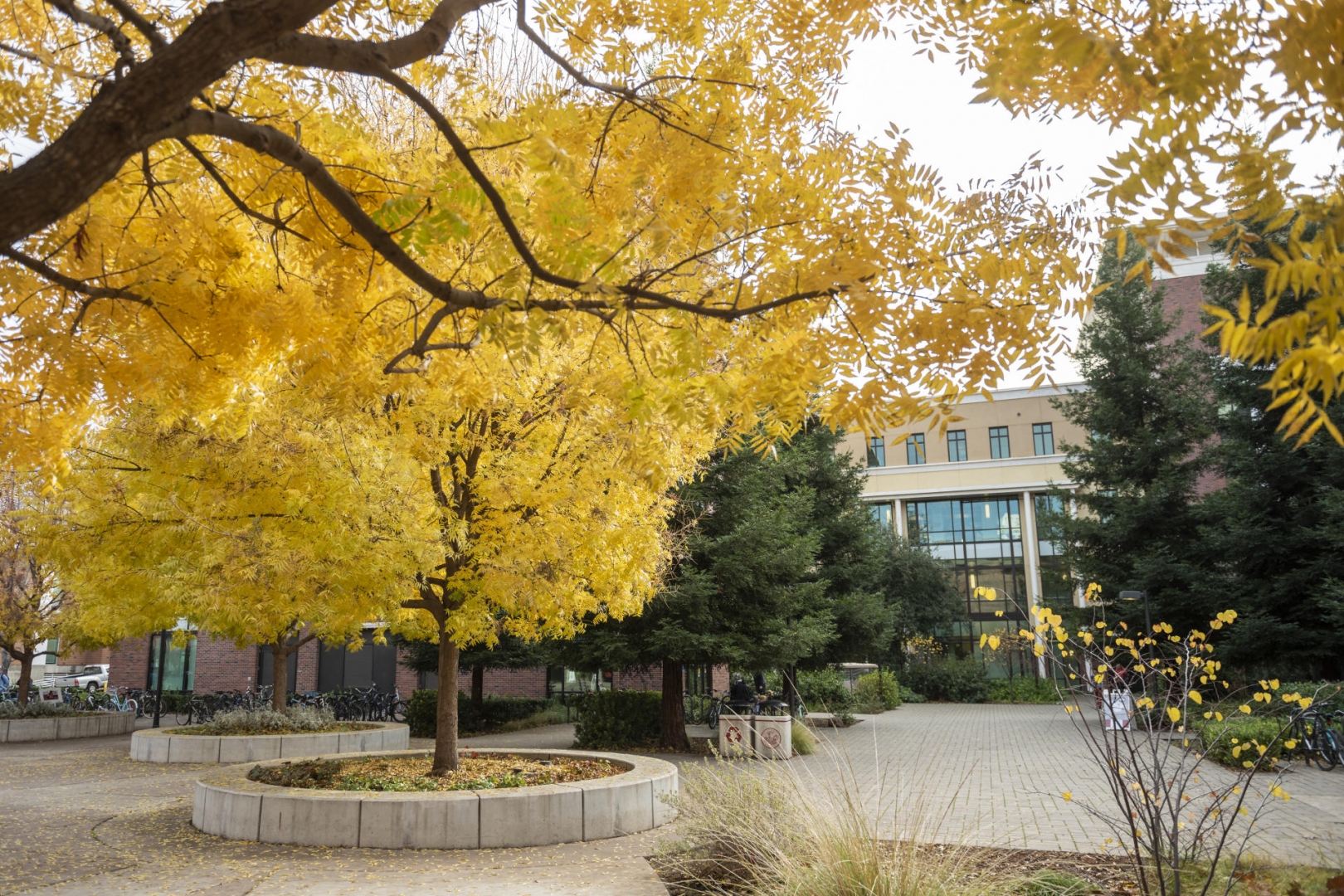
In order to be recognized as a Tree Campus USA institution, the University met the five required core standards for sustainable campus forestry, including the establishment of a tree advisory committee, evidence of a campus tree-care plan, dedicated annual expenditures for its campus tree program, an Arbor Day observance, and the sponsorship of student service-learning projects.
“This is an important recognition for Chico State as we work harder to address the impacts of climate change, and continue to keep our campus beautiful,” said University President Gayle Hutchinson.
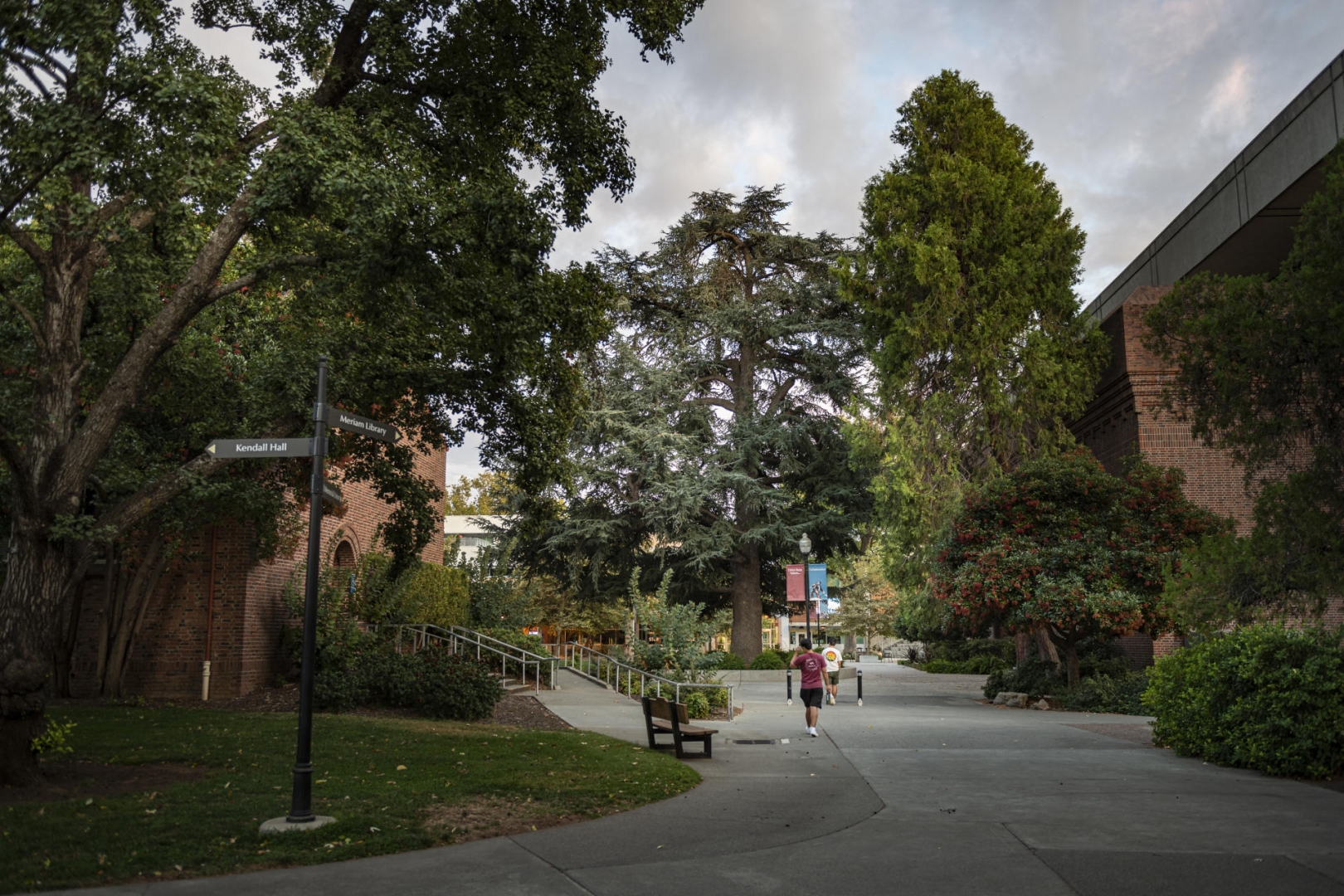
Mike Alonzo (Plant Science, ’08), Chico State’s supervisor of grounds and landscape services, leads an annual tree tour during the Chico State Alumni Association’s Family Weekend, and he says he feels a sense of pride when graduates return to campus to revisit and comment on the grandeur of the trees—or to truly notice the scale of it for the first time.
“Some alumni say that the trees are just as beautiful, and even more so, as how they remember them from 20 or 30 years ago,” he said.
That beauty is not without a lot of dedication, said Alonzo, who is widely considered the University’s foremost authority on the campus’s trees. Facilities Management and Services has dedicated a lot of resources toward tree maintenance over the last few years and that investment is yielding high returns, in both tree health and longevity.
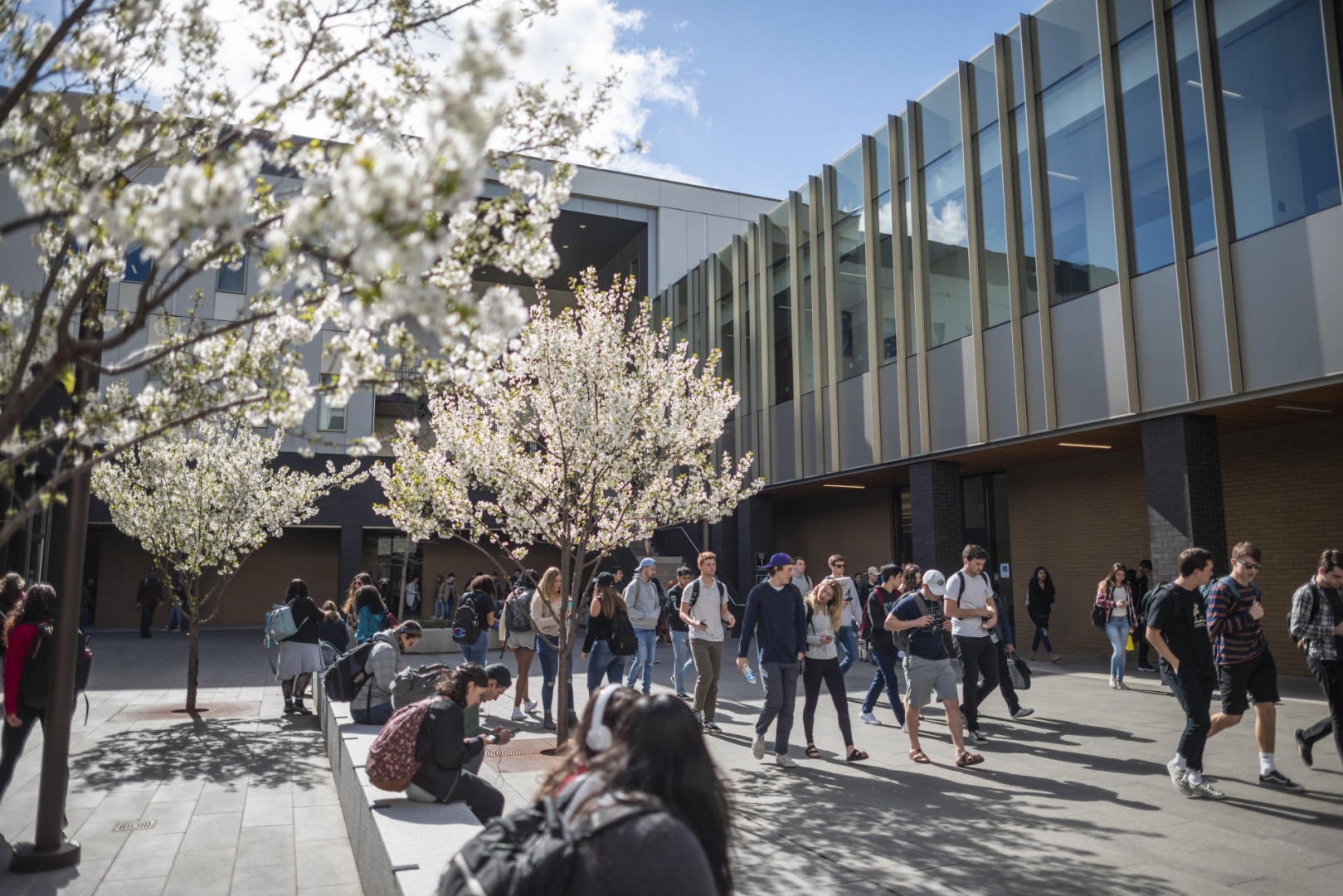
Maintaining the health of the campus’s trees—and taking measures to repurpose their leaves into mulch which can then be used as nutrients and groundcover for other campus plants—aligns with the University’s commitment to sustainable practices, he said.
Many of the trees across campus are relics or representative of the trees that John Bidwell brought to the area through his wide travels more than a century ago, said Colleen Hatfield, a professor in the Department of Biological Sciences. For example, the dawn redwood—found at three spots on campus—is considered to be a living fossil thanks to its centuries-long lineage.
Hatfield also said she’s working on a project to add about 200 of the University’s more iconic trees as a map layer to the existing campus map.
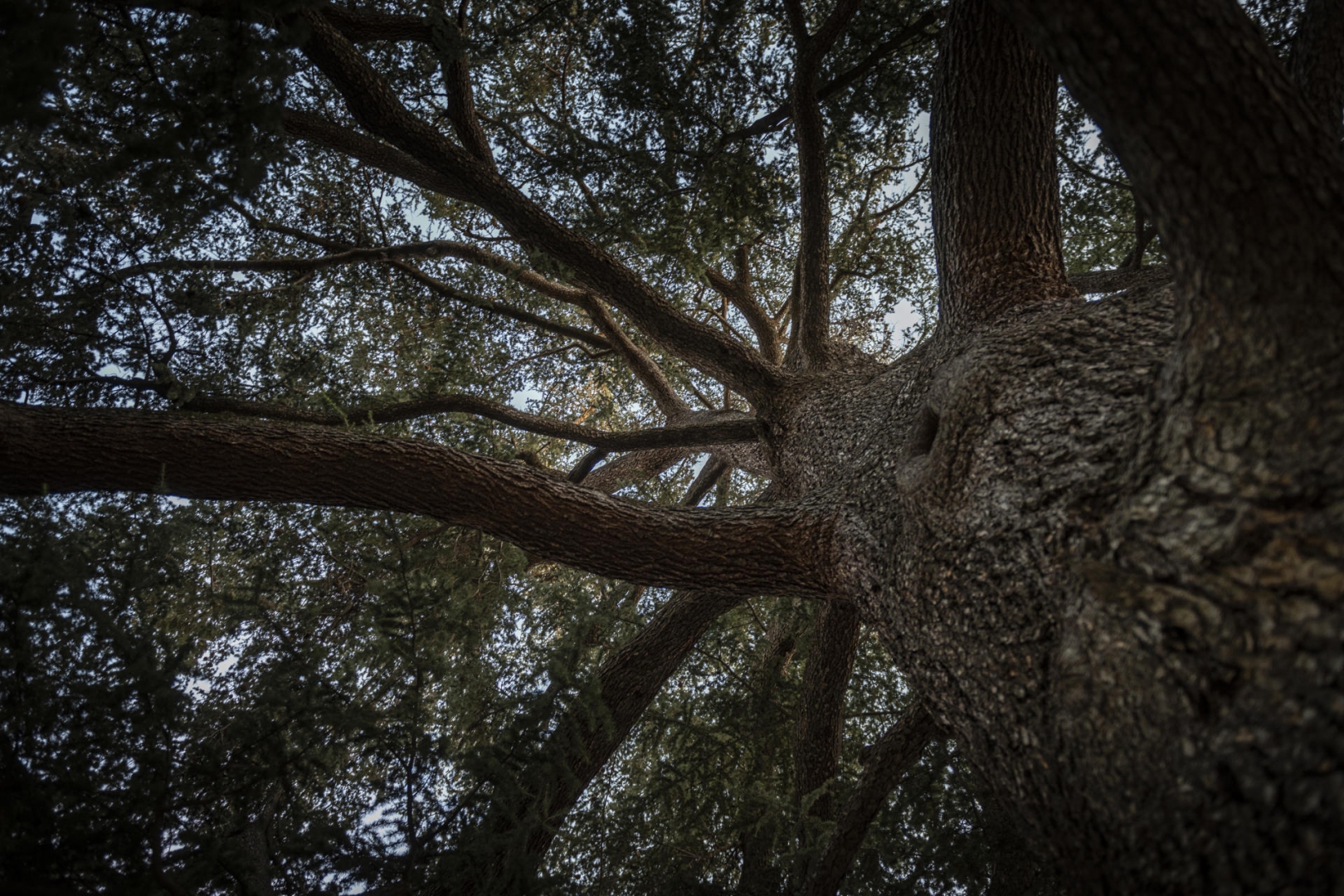
Academic lessons about the trees help create added mindfulness for Chico State students around the vast biodiversity of all life around the campus, Hatfield said.
“When we have students go out and do observations on the trees, they consistently remark on how they are much more aware of their surroundings and the beauty of the trees on campus, as well as the diversity of life that the trees support, like birds, mammals, and insects,” she said.
The entire Chico State campus is an officially recognized arboretum, dedicated in 1982 by then-President Robin Wilson. A memorial tree—a willowleaf peppermint gum—was planted on the south side of Laxson Auditorium to commemorate this recognition, honoring the arboretum’s founders.


